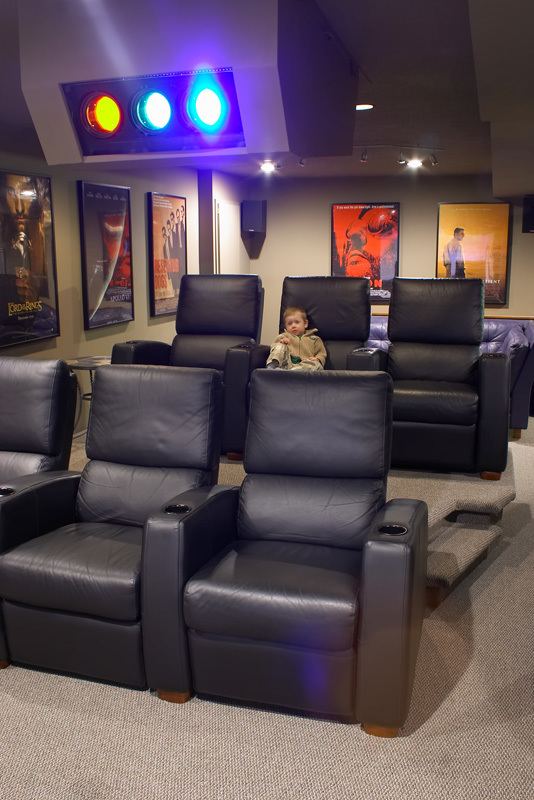 | ||
A CRT projector is a video projector that uses a small, high-brightness cathode ray tube as the image generating element. The image is then focused and enlarged onto a screen using a lens kept in front of the CRT face. The first color CRT projectors came out in the early 1950s. Most modern CRT projectors are color and have three separate CRTs (instead of a single, color CRT), and their own lenses to achieve color images. The red, green and blue portions of the incoming video signal are processed and sent to the respective CRTs whose images are focused by their lenses to achieve the overall picture on the screen. Various designs have made it to production, including the "direct" CRT-lens design, and the Schmidt-CRT, which employed a phosphor screen that illuminates a perforated spherical mirror, all within an evacuated "tube."
Contents
The image in the Sinclair Microvision "flat" CRT is viewed from the same side of the phosphor struck by the electron beam. The other side of the screen can be connected directly to a heat sink, allowing the projector to run at much brighter power levels than the more common CRT arrangement.
Though systems utilizing projected video at one time almost exclusively used CRT projectors, they have largely been replaced by other technologies such as LCD projection and Digital Light Processing. Improvements in these digital video projectors, and their subsequent increased availability and desirability, resulted in a drastic decline of CRT projector sales by the early 2000s. As of 2012, very few (if any) new units are manufactured, though a number of installers do sell refurbished units, generally higher-end 8" and 9" models.
